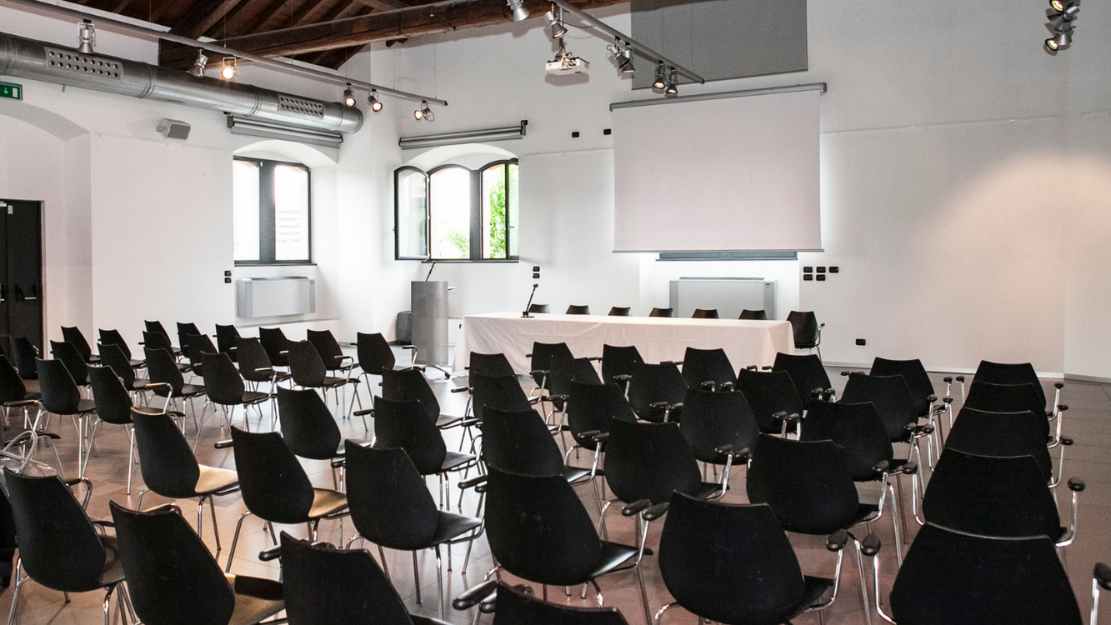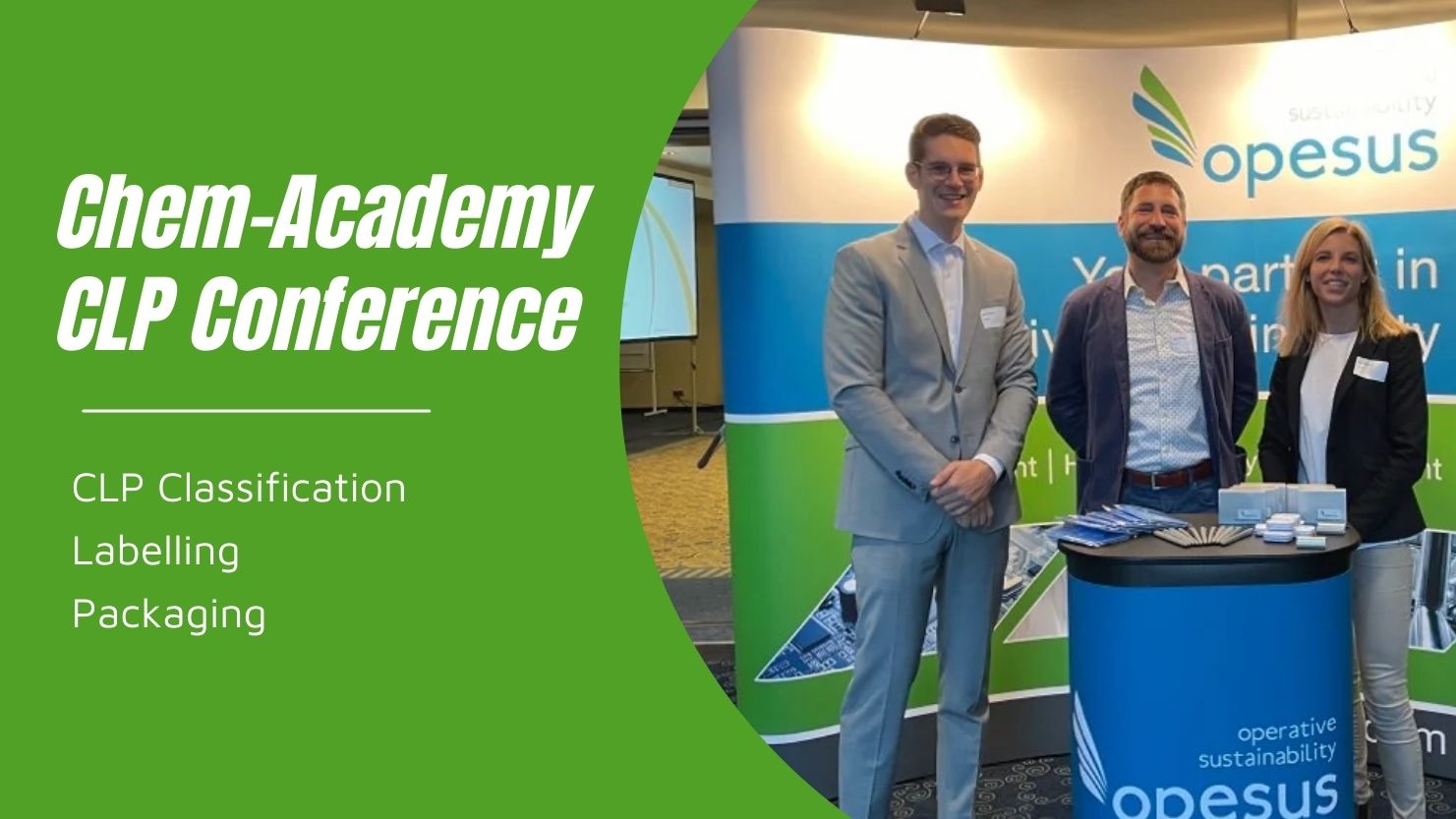13th BfR User Conference for Product Notifications

The Federal Institute for Risk Assessment (BfR) is the appointed body for CLP Art. 45 in Germany. The institute receives product notifications and forwards them to the seven poison centres in Germany. The majority of product notifications are submitted centrally via the Submission Portal of the European Chemicals Agency (ECHA), which in turn forwards them to the BfR.Notifications via the ECHA Submission Portal are only forward to the BfR if they comply with the over 200 validation rules (business rules). In addition, the BfR reviews notifications that may result in warnings based on almost 40 additional quality rules. Which rules have high priority for the BfR? Find out in the rest of this article.
Welcome and Introduction
Prof. Dr. Matthias Greiner and Dr. Herbert Desel from the BfR welcomed about 40 participants on site in Berlin and more than 540 participants online from a total of 15 countries to the 13th BfR User Conference. The hybrid conference took place on September 21, 2022.
Current Experience with Poison Centre Notification at the BfR and ECHA
The BfR has been receiving notifications for the Poison Centres in the EU (PCN) format since April 2019. As of August 2022, the BfR has received over 1 million dossiers containing over 3.1 million products!
This year so far, the BfR received 312,000 notifications virtually all via ECHA's Submission Portal. Mr. Desel clarified that the direct transmission of notifications to the BfR is only allowed for products that are exclusively placed on the German market.
Since the introduction of the new notification procedure, the current reporting volume is now about 12 times higher. The BfR is still busy upgrading its technical infrastructure and software to best and efficiently serve the national poison control centers and enforcement authorities.
Daniele Ape from ECHA informed that Bulgaria and Slovakia are not yet able to process EU (PCN) notifications. Notifications can be submitted to the ECHA Submission Portal, but these cannot be retrieved by these two countries at this stage. Therefore, the national notification pathway still applies.
Daniele further reported that the percentage of notifications submitted by companies via the system-to-system (S2S) interface has continued to increase and is now around 85%.
BfR Quality Rules and How opesus EPN Helps With Compliance
Dr. Sebastian Pfeifer explained that the BfR checks compliance with 36 quality rules. These rules are divided into groups according to their priority. Fourteen of the rules fall into the highest priority. These include the rules that ensure a consistent notification history. If the BfR detects violations of the quality rules, then the BfR informs the affected companies directly by phone call or email.
Users of opesus EPN are on the safe side here. The extensive built-in validation rules ensure that the notification history is adhered to. For example, no follow-up notifications can be created until the previous notification is in a final status. Opesus EPN also automatically detects updates and significant changes of compositions, thus eliminating errors in the notification history.
Further rules with high priority for the BfR are the assignment of meaningful substance names and the resolution of fully known MiMs (mixture in mixture). For opesus EPN users, the PCN Ruleset takes care of the resolution of MiMs that are fully known. Furthermore, the PCN Ruleset also helps to protect confidential business information of the mixtures formulation data by using the allowed concentration ranges of Annex VIII to the CLP regulation.
Insights from the Swedish Poison Centre
Lovisa Östbert explained that Sweden has a Poison Control Center that advises the public as well as doctors and clinics. 1/3 of the calls concern chemical products. 1/3 of the calls concern children and of these about 50% concern chemical products. Sweden has a long history in poison control. The Poison Control Center uses its own information system that contains both old reports and reports according to the new EU (PCN) procedure.
To date, Sweden has received approximately 330,000 initial reports and 91,000 updates. The UFI still plays a subordinate role in the identification process, since stock products are often affected that do not yet contain a UFI imprint. Lovisa expects that to change in the next few years and that the UFI will play a larger role in product identification.
Lovisa explained that there is another reporting obligation in Sweden that is not covered by the EU (PCN) notification. The Swedish Chemicals Agency (KEMI) has its own register, which essentially contains information on the function, use and environmental hazards of chemical products. Companies that manufacture or import chemical products must comply with both reporting obligations.
Till Next Time!
We’re glad that this annual conference was organized as a hybrid. This allowed us to reconnect personally with colleagues at the BfR and get to know new faces and other participants. We want to thank the BfR for the insights and all the information and look forward to attending the next conference!


